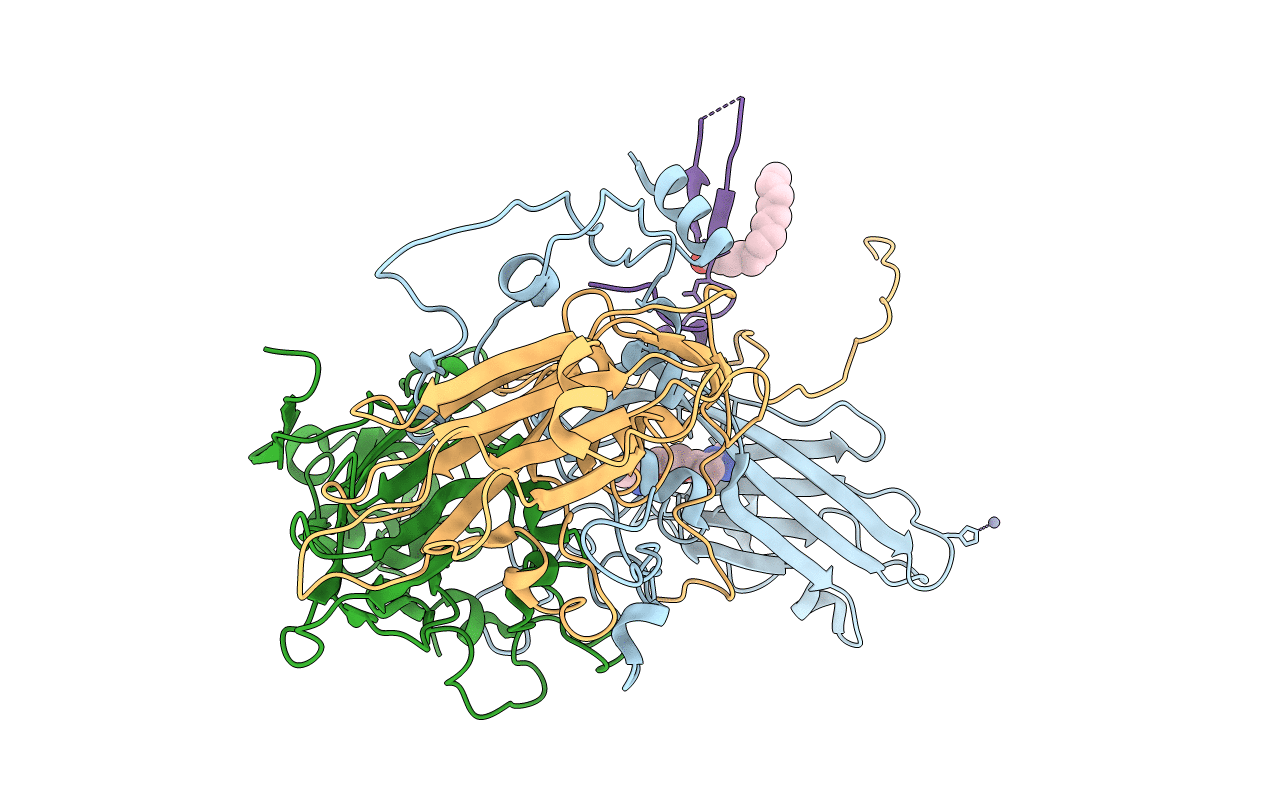
Deposition Date
1999-07-05
Release Date
1999-07-20
Last Version Date
2024-11-20
Entry Detail
PDB ID:
1QJU
Keywords:
Title:
HUMAN RHINOVIRUS 16 COAT PROTEIN IN COMPLEX WITH ANTIVIRAL COMPOUND VP61209
Biological Source:
Source Organism:
HUMAN RHINOVIRUS 16 (Taxon ID: 31708)
Method Details:
Experimental Method:
Resolution:
2.80 Å
R-Value Free:
0.21
R-Value Work:
0.20
R-Value Observed:
0.20
Space Group:
P 2 21 21


